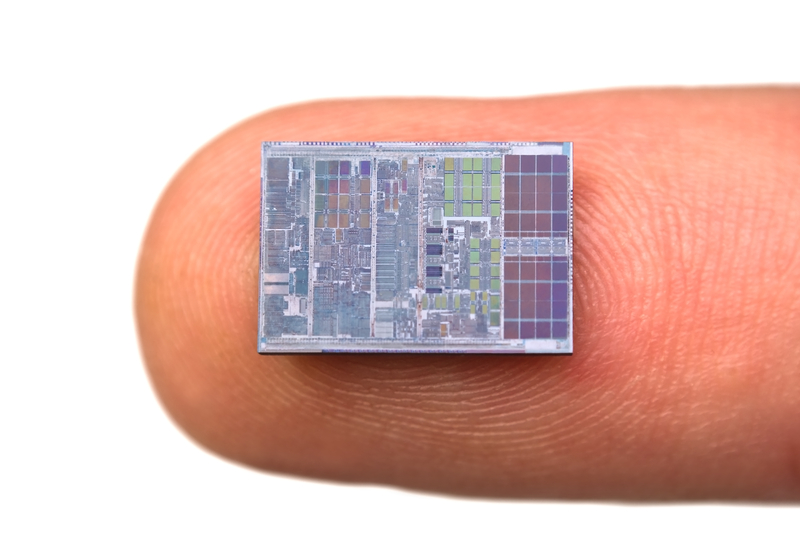The polymer synthesis process is at the heart of materials development for most polymer based materials used in our world today. The other source is nature. Polymer synthesis involves the creation of long-chain molecules that can be used in a variety of applications. The process is typically done using chemical reactions and can be used to create synthetic polymers.
As we move into the future, technology is becoming increasingly important in all aspects of our lives. The same is true for the polymer synthesis process. Technology is playing a big role in improving the efficiency of this process and making it more accessible to scientists and engineers worldwide.
Polymer Synthesis in the Past
In the past, the polymer synthesis process was very time-consuming and expensive. This was because the process was poorly understood, and there were no efficient methods for synthesizing polymers.
One of the biggest challenges has been the need for high-quality starting materials. Scientists and engineers had to rely on expensive and often impure starting materials. Another challenge was involved synthetic techniques for making polymers along with accurate and precise measurements for determining the properties of those polymers.
However, thanks to technological advances made throughout the last century, it is now possible to synthesize high-quality starting materials, adopt well established synthetic techniques for the synthesis of polymers, and access specific analytical techniques needed to properly characterize those polymers.
As you can see, technology plays a significant role in improving the efficiency of the polymer synthesis. In recent years, there have been several advances in the polymer synthesis process. These advances have made it possible to create more complex polymers, as well as to improve the efficiency of the process.
So, what does the future hold for the polymer synthesis process?
Future Insights
The future of technology in the realm of polymer synthesis is likely to continue to improve these capabilities, making it possible to create even more valuable materials.
High Throughput Polymer Synthesis
Combinatorial techniques and experimental design have made it possible to accelerate the synthesis process. Combining experimental design with combinatorial techniques, using statistical software and high throughput synthesis and analytical techniques, advanced biodegradable and nanotechnology based polymers have been designed and deployed.
Nanotechnology
As mentioned above, nanotechnology is having a major impact on polymer synthesis. Polymers designed with nanostructures are being used in applications from medical to electronics and even aerospace. Nanostructures in polymers are being employed for applications from drug delivery systems to filtration and separation devices. Properties such as hydrophobicity, abrasion resistance, magnetic and piezoelectric functions are being realized by combining polymer synthesis with nanotechnology.
Biodegradable Polymers
Synthetic biodegradable polymers, designed using the methods described above, are being utilized in a variety of medical applications including biomedical, medical device, and green technologies, from packaging to agro-polymers.
Final Words
The future of polymer synthesis will prove to be very interesting. Creating new and innovative materials will allow for various new products. The advances in nanotechnology and biodegradable polymers are just two examples of the kinds of advances that are likely to be made in the future.
With the continued development of these and other technologies, the process of polymer synthetization is likely to become even more efficient and capable of creating increasingly complex materials.


